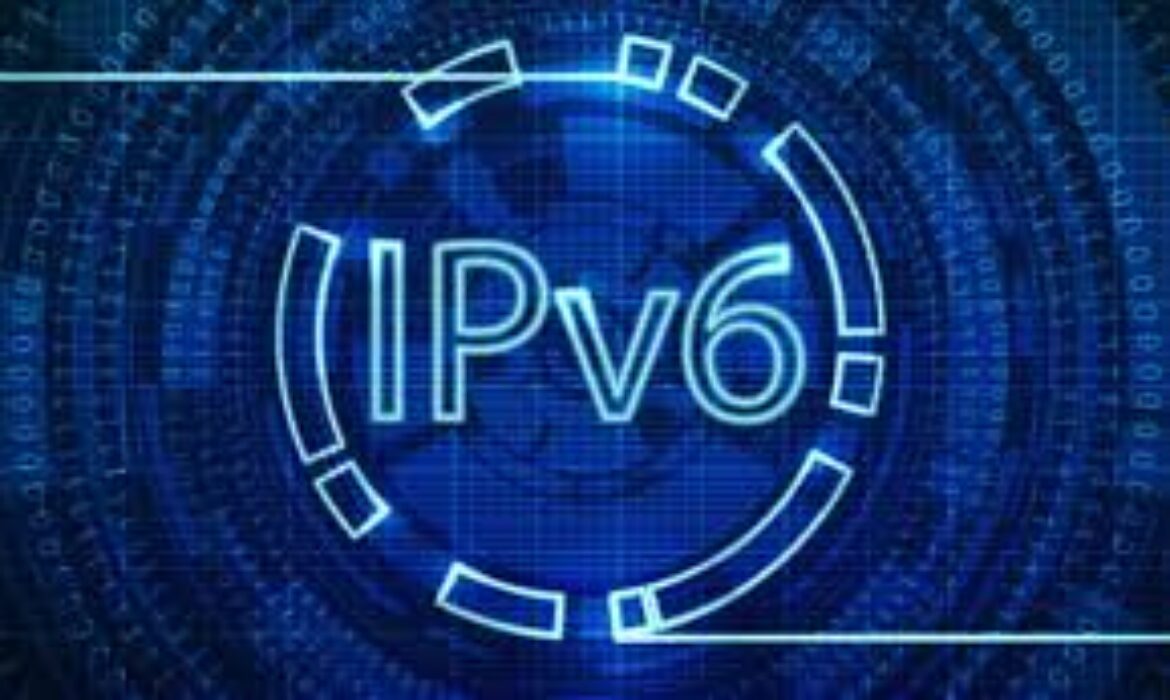
As the internet continues to evolve, the demand for more secure and efficient solutions grows, and IPv6 proxies are one of the key tools that can help achieve this. In this guide, we’ll dive deep into what an IPv6 proxy is, why you might want to use one, and how you can set it up on different platforms. Whether you’re trying to maintain privacy online, access geo-restricted content, or improve the efficiency of your online activities, an IPv6 proxy service could be the solution you’ve been looking for.
Understanding IPv6 Proxy Services
The world of IP addresses is split into two main types: IPv4 and IPv6. With the rise in internet-connected devices, IPv4 addresses are running out, leading to the creation of IPv6—a more expansive solution.
What is an IPv6 address?
An IPv6 address is a unique identifier used to connect devices on the internet. It’s significantly longer than the IPv4 address, consisting of 128 bits instead of 32, allowing for a virtually limitless number of addresses.
Advantages of IPv6 over IPv4
Why is IPv6 better, and why should you care? Here are a few reasons:
- Larger IP address pool: IPv6 supports 340 undecillion (that’s 36 zeros!) addresses compared to the 4.3 billion supported by IPv4. This makes IPv6 much better suited to handle the explosion of internet-connected devices.
- Increased security features: IPv6 was designed with security in mind, supporting advanced encryption and authentication options to keep your data safe.
- Direct peer-to-peer connections: Unlike IPv4, IPv6 allows for more direct connections between devices, which can reduce latency and improve performance.
Given these advantages, it’s no wonder many people are turning to an IPv6 proxy service to protect their identity and optimize their internet experience.
How to Set Up and Use an IPv6 Proxy
Now that you understand what an IPv6 proxy is and why it’s beneficial, let’s talk about how to get started using one.
Choosing the Right IPv6 Proxy Service
When choosing a proxy service, it’s essential to consider several factors. Some proxies offer better speed, while others excel at bypassing geo-restrictions. Here are a few things to consider:
- Speed: The faster the proxy, the better your experience, particularly for streaming or data-heavy applications.
- Location: Where the proxy server is located can affect access to geo-blocked content.
- Price: Pricing varies widely among proxy services. It’s essential to find a balance between cost and features. You can check out the IPv6 proxy service for a reliable and affordable solution.
Configuring an IPv6 Proxy in Different Browsers
Let’s look at how to configure an IPv6 proxy in various web browsers.
For Google Chrome:
- Open Chrome settings and search for “proxy.”
- Click on “Open your computer’s proxy settings.”
- Under the “Manual proxy setup” section, input the IPv6 proxy address.
- Save the changes.
For Mozilla Firefox:
- Go to the settings menu and select “Network Settings.”
- Under the connection settings, choose “Manual proxy configuration.”
- Input your IPv6 proxy address and port number.
- Click “OK” to apply.
For Safari:
- Open Safari and go to “Preferences.”
- Under the “Advanced” tab, click on “Change Settings.”
- Add the IPv6 proxy information and save.
Setting Up IPv6 Proxies for Different Devices
Proxies aren’t just for browsers; you can also set them up on your devices.
On Windows:
- Go to the Control Panel and select “Network and Internet.”
- Click on “Internet Options,” then “Connections.”
- Under “LAN settings,” check “Use a proxy server for your LAN” and input your IPv6 proxy details.
On macOS:
- Go to “System Preferences” and select “Network.”
- Choose your active network and click “Advanced.”
- Under the “Proxies” tab, input your IPv6 proxy information and click “OK.”
On iOS/Android:
- Navigate to your Wi-Fi settings.
- Select the Wi-Fi network you’re connected to and modify the proxy settings.
- Input your IPv6 proxy address.
Common Uses for IPv6 Proxies
The benefits of IPv6 proxies extend beyond privacy protection. Here are a few practical applications.
Enhancing Online Privacy
In today’s digital age, safeguarding your personal information is crucial. IPv6 proxies help anonymize your internet activity by masking your real IP address, making it harder for third parties to track your online behavior.
Accessing Geo-restricted Content
Many websites limit access to certain countries. By using an IPv6 proxy service, you can bypass these geographic restrictions and access content freely. For example, streaming platforms or restricted websites may become available through an IPv6 proxy.
Increasing Online Speed and Efficiency
IPv6 proxies can also help reduce lag in certain applications by providing direct connections, which is particularly useful for gamers and web scrapers. Additionally, IPv6’s larger address pool reduces the likelihood of network congestion, speeding up your browsing experience.
Troubleshooting Common Issues with IPv6 Proxies
Even with the best proxies, issues can arise. Here are some common problems and their solutions.
IPv6 Proxy Not Working: What to Check
If your IPv6 proxy isn’t functioning as expected, here are a few things to investigate:
- Network configuration issues: Make sure your device is correctly configured to use IPv6.
- Browser-specific problems: Some browsers may have additional settings that need to be adjusted.
- Incorrect proxy settings: Double-check that your proxy address and port number are accurate.
Dealing with Connectivity Problems
Sometimes, DNS issues or server downtimes can cause connectivity problems with your IPv6 proxy. In these cases, switching to a different server or resetting your DNS settings may resolve the issue.
Conclusion
Using an IPv6 proxy offers numerous advantages, from improving online privacy to bypassing geo-restricted content and optimizing your internet speed. By choosing a reliable service, like the IPv6 proxy service, and following the setup instructions for your browser or device, you can unlock the full potential of the internet.



